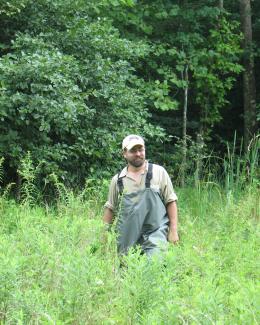Abstract
Arbuscular mycorrhizal (AM) and dark-septate endophytic (DSE) fungi were quantified in plant roots from high-elevation sites in the Cordillera Vilcanota of the Andes (Per�) and the Front Range of the Colorado Rocky Mountains (U.S.A.). At the highest sites in the Andes (5391 m) AM fungi were absent in the two species of plants sampled (both Compositae) but roots of both were heavily colonized by DSE fungi. At slightly lower elevations (5240�5250 m) AM fungi were present in roots while DSE fungi were rare in plants outside of the composite family. At the highest sites sampled in Colorado (4300 m) AM fungi were present, but at very low levels and all plants sampled contained DSE fungi. Hyphae of coarse AM fungi decreased significantly in plant roots at higher altitude in Colorado, but no other structures showed significant decreases with altitude. These new findings indicate that the altitudinal distribution of mycorrhizal fungi observed for European mountains do not necessarily apply to higher and drier mountains that cover much of the Earth (e.g. the Himalaya, Hindu Kush, Andes, and Rockies) where plant growth is more limited by nutrients and water than in European mountains. This paper describes the highest altitudinal records for both AM and DSE fungi, surpassing previous reported altitudinal maxima by about 1500 meters.


